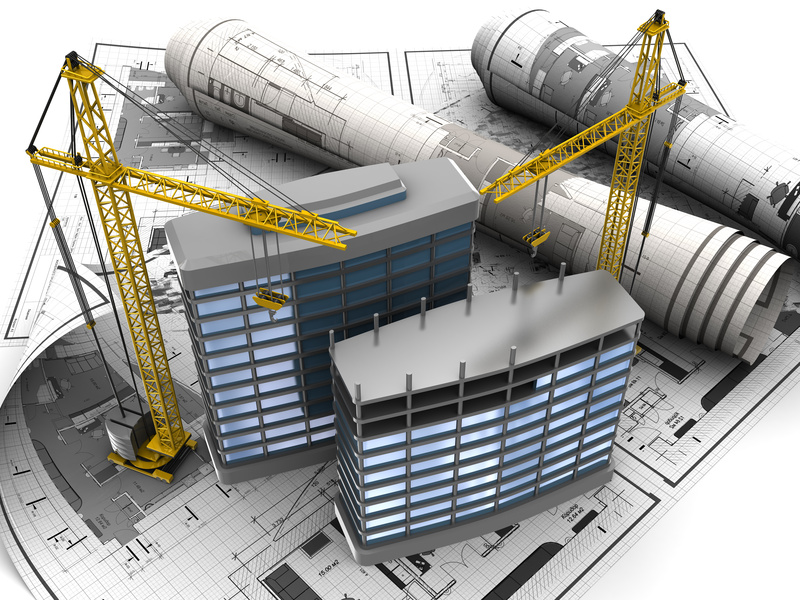
Being in charge of a construction site carries a lot of responsibilities. Between meeting the demands of your client and building a quality product, to scheduling and coordinating contractors to make sure that things run smoothly, there are a lot of things to think about. The chief concern, however, is always safety. Keeping workers and visitors safe is important not only because it is the right thing to do, but also because it will often save a company money in the long run. To learn more about what construction site leaders should know about safety, keep reading.
1) It’s the Law First, it’s important to know that safety precautions are not just good practice for construction companies, they’re also the law. The Occupational Safety and Health Act (OSHA), first passed in 1970 creates and enforces the kinds of regulations necessary to keep workers safe. They create policies that affect construction sites. Each year, they conduct random inspections on construction companies to assess, among other things, the safety of equipment being used. Being OSHA compliant not only protects your workers, but also your company from penalties.
2) Training Matters Having top notch equipment doesn’t mean much if employees don’t understand how or why to use it. Having employees complete things like a rigging certification helps keep them safe. With a rigging certification, not only will an employee know what rigging equipment and rigging supplies are used for, but also how to best use them. There are many certifications beyond a rigging certification that you can explore for your employees to train them on everything from lifting equipment to specialized fall protection courses.
3) Invest in Equipment Just like good equipment is useless without proper training, proper training cannot compensate from poor equipment. Things like chain slings and wire rope are things you should not skimp on in the beginning and must work diligently in order to keep in the best possible condition. Make sure you practice basic equipment protection like keeping slings away from sharp edges or using padding to further protect them.
4) Stay Up to Date Because technology is always improving, the world of workplace safety is constantly seeing changes in the equipment and training available to them. Further, regulations are always changing to be better reflect what we know about safety and the equipment that is available. Make sure that you or someone else on your staff is designated to routinely assess whether or not you are current on safety measures and compliant with new regulations.
5) Make Safety the Norm As a leader on a construction site, you help to set the culture of that site. You can help make sure that employees don’t see safety precautions as an inconvenience, but rather as the norm of how they work. When safety becomes engrained as the default of the organization, it helps give everyone better outcomes.